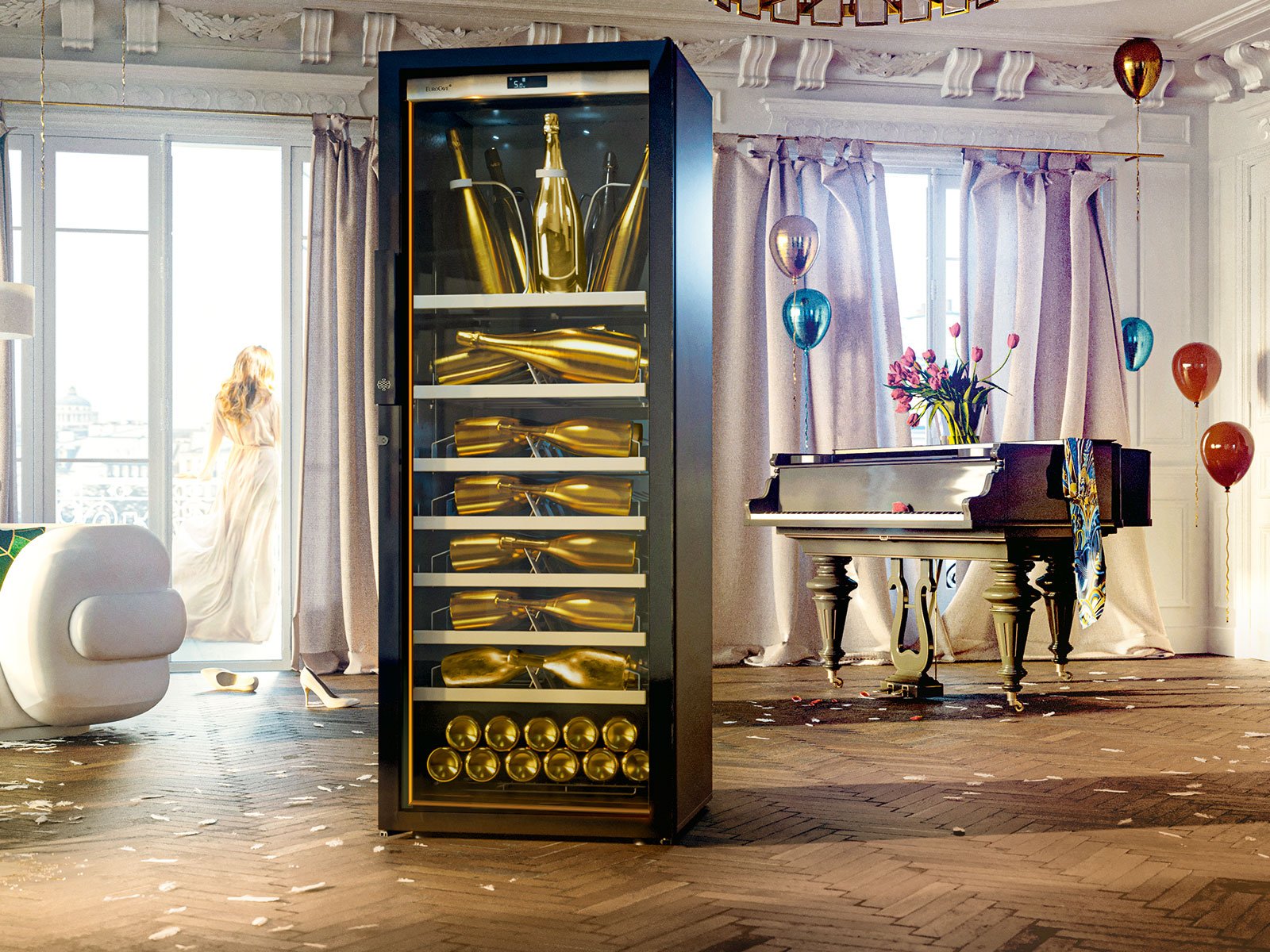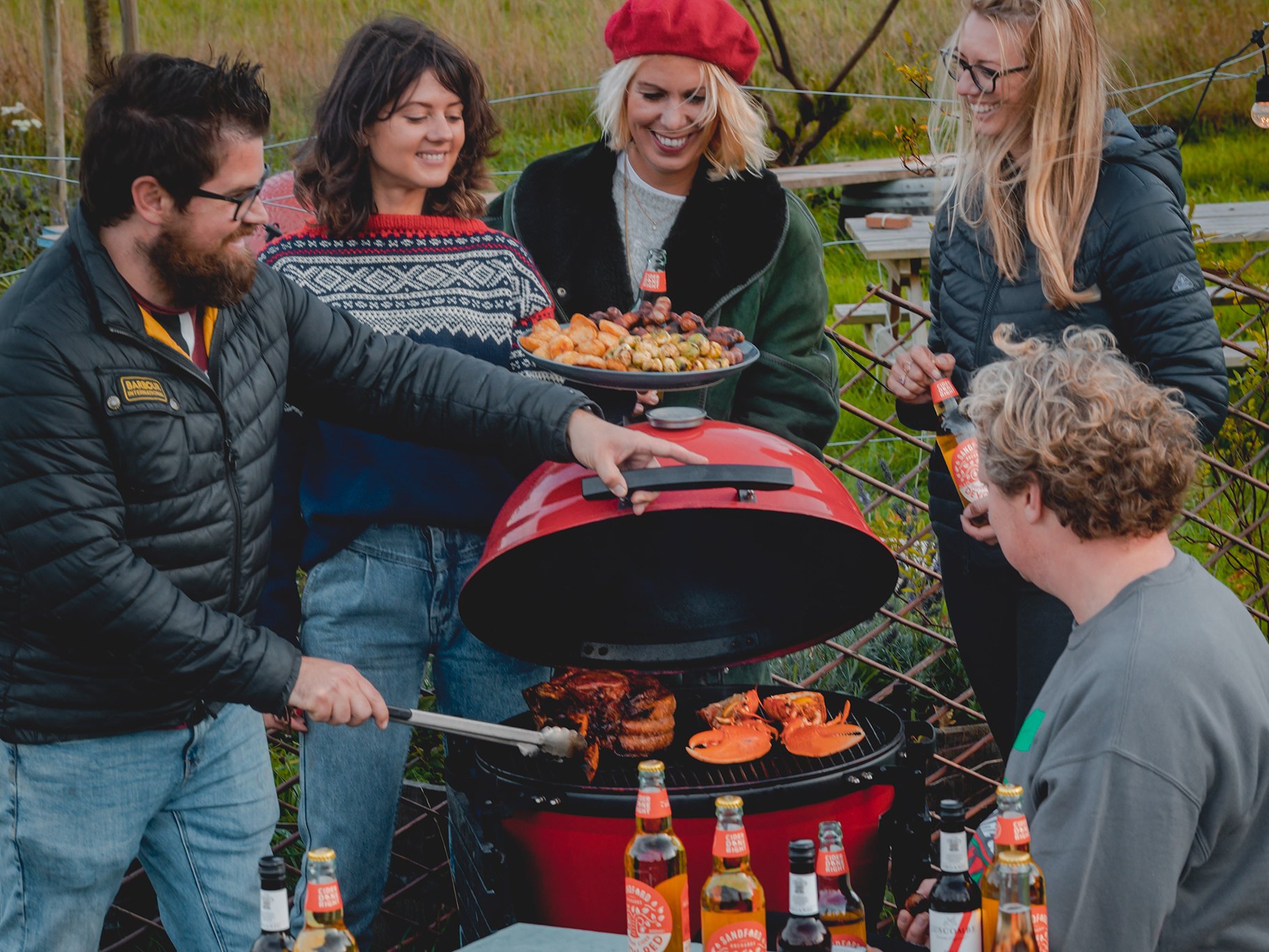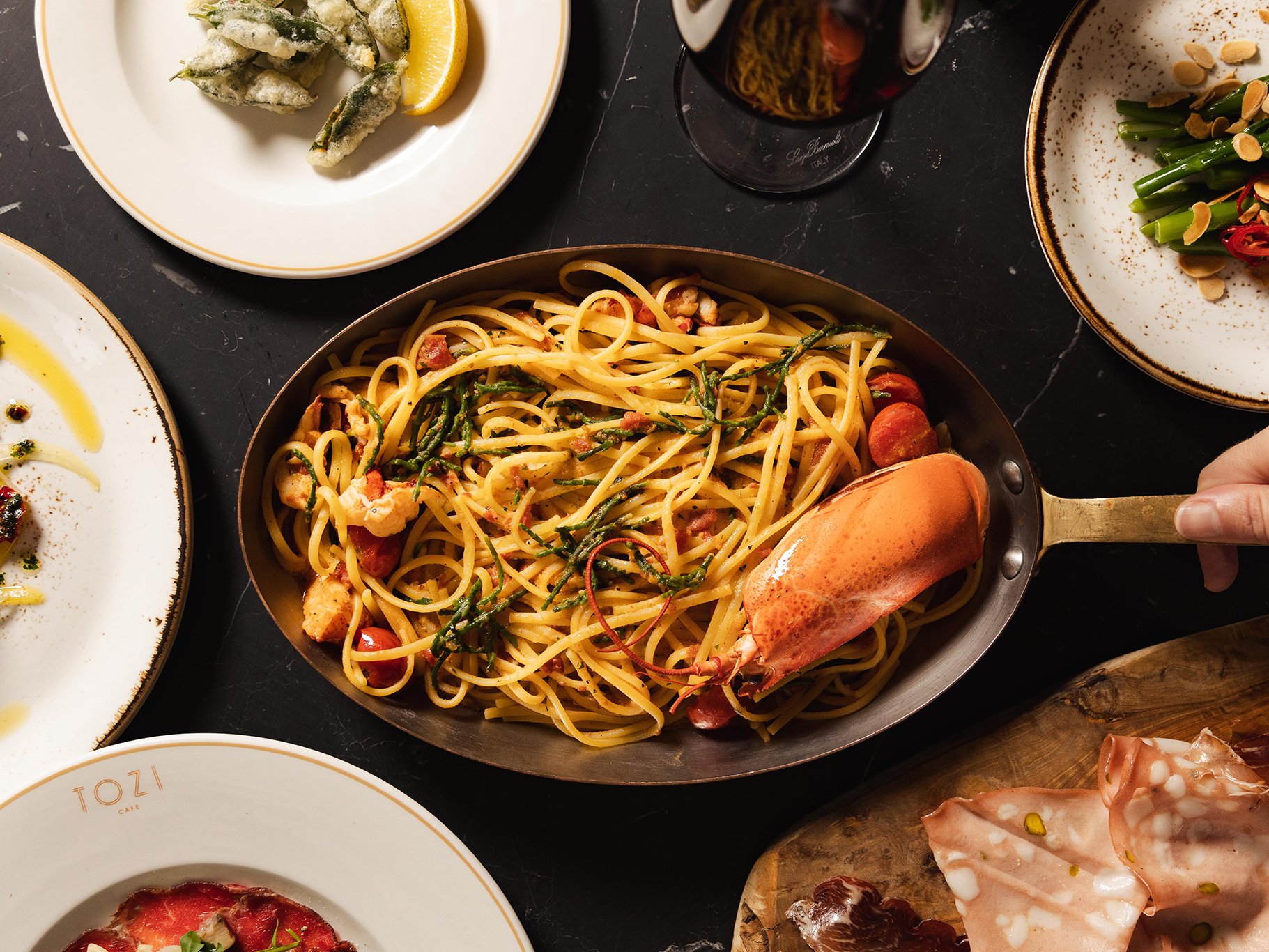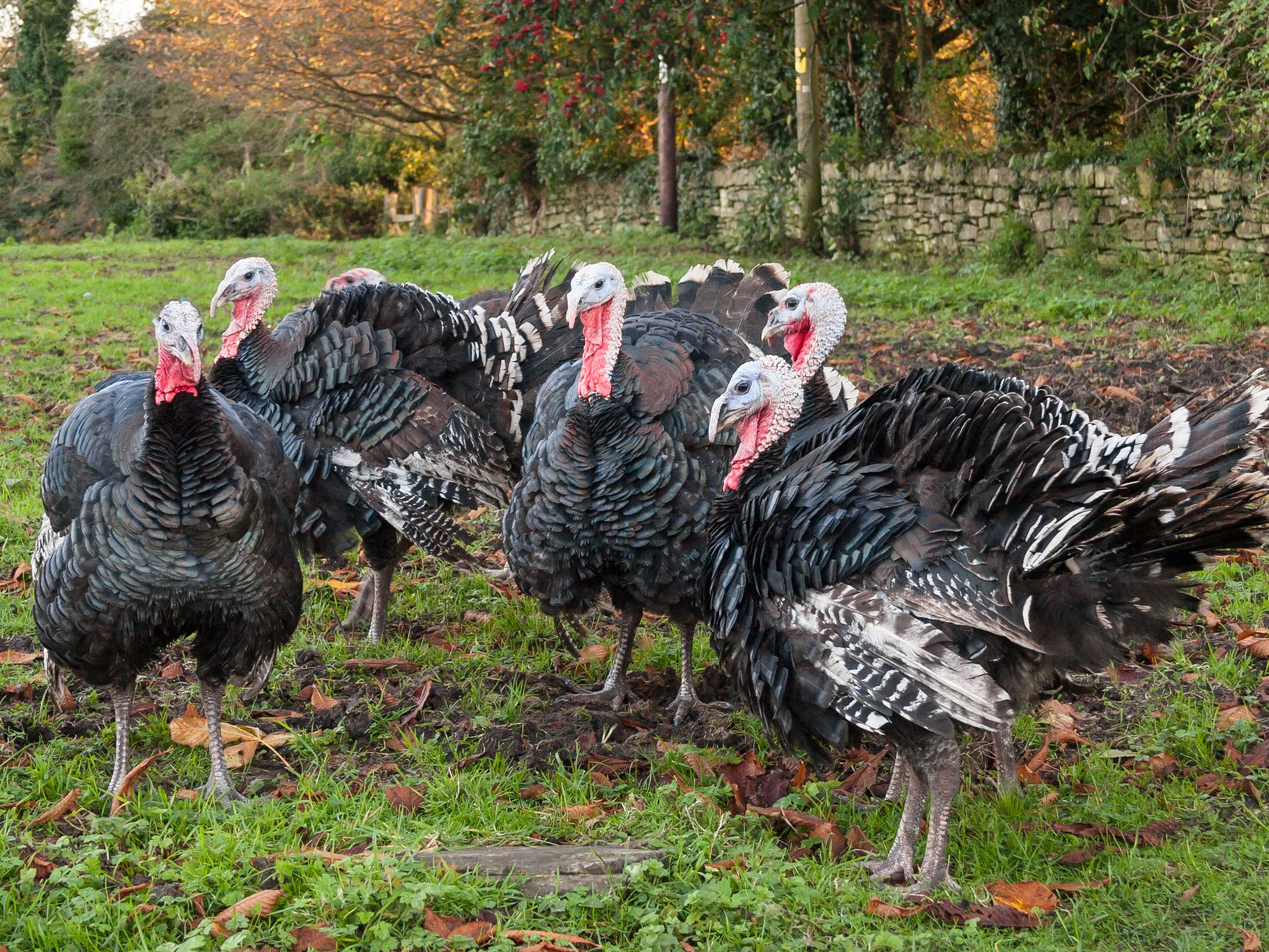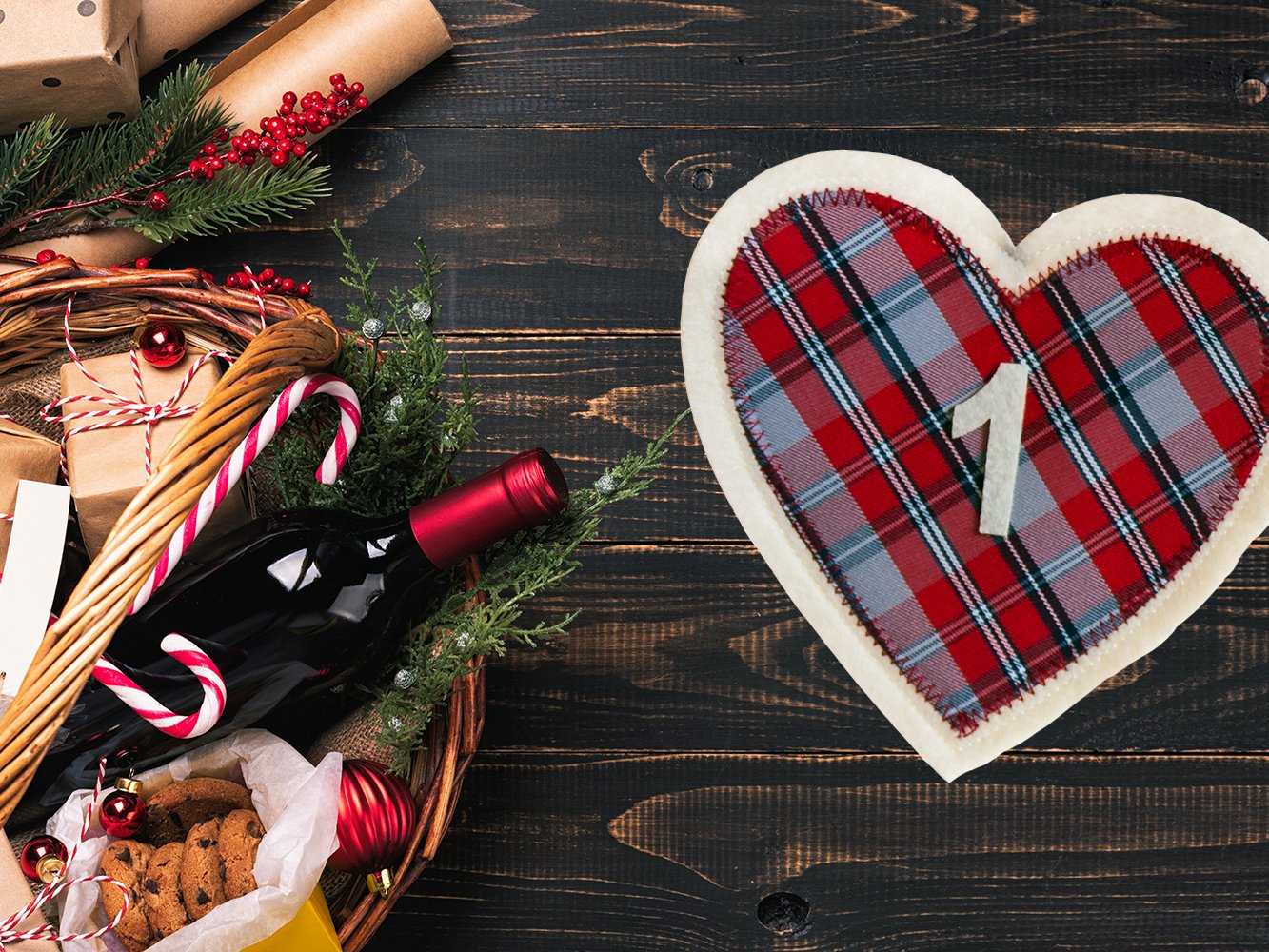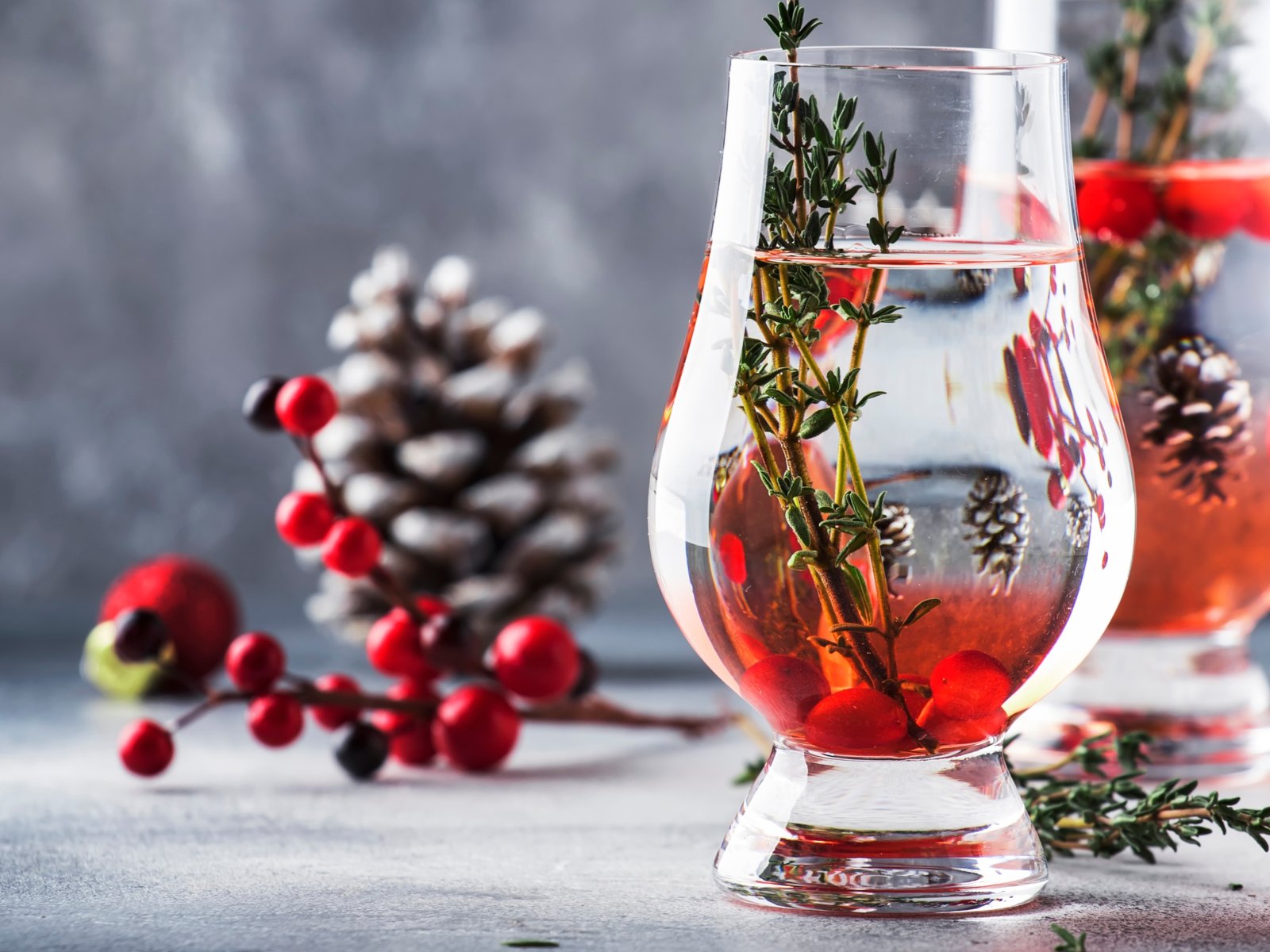Challenging the three Cs of Christmas, part 1: Champagne
The first part of our guide looks at alternative sparkling wines to match with festive canapés and decadent breakfasts
Let’s be clear, we love the ravishing sensuality of Champagne; and the rapier-like clarity of Chablis is indeed a thing of beauty. We wouldn’t be upset either to see a bottle or two of Côte de Beaune white Burgundy gracing our Christmas table. Together, they constitute the “three Cs of Christmas” – tried and tested, arriving down your chimney with impeccable credentials. But there are important reasons to look further afield, particularly this year. Beyond a simple desire for novelty, budgets are tight. With a bit of lateral thinking and an eye to value for money, you can still sup like Merovingian royalty whilst exploring exciting new wine experiences into the bargain.
Champagne is pretty much synonymous with celebration: the considerable marketing budgets of the large Houses have instilled this in our collective consciousness. But these are serious wines, made with extraordinary attention to detail – they demand time and focus. They’re not really the thing to serve at a festive breakfast (did we just see Uncle Fred putting orange juice in his vintage Krug?). Likewise, although high-fat Christmas canapés certainly call for the lift of bubbles, parties rarely leave any precious Marlene Dietrich time to spend with your Dom or Veuve. Often these situations call for something lighter – in profile and your pocket. You want convivial, not demanding.
A French Crémant for every occasion
France’s alternative sparkling wines provide an excellent place to start. There are eight regional Crémants, and the three largest, Loire (predominantly Chenin Blanc), Alsace (predominantly Pinot Blanc) and Bourgogne (predominantly Chardonnay and Pinot Noir), typically offer light apple/pear and citrus fruits matched by biscuity notes from traditional production methods. If you’re pushing the boat out, each now has a top quality tier – “Prestige”, “Emotion” and “Eminent/Grand Eminent” respectively. These labelling terms indicate stricter requirements on grape variety and longer minimum ageing, so expect price tags to match.
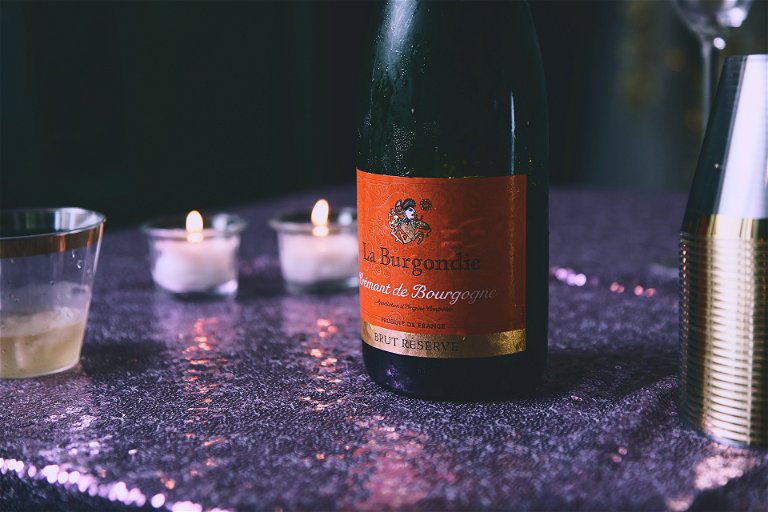
The Rhône Valley is home to two contenders. Crémant de Die is made dry using the Clairette grape, but the addition of Muscat and Aligoté gives floral notes and the ghost of sweetness perfect for apéritifs. Its cousin Clairette de Die, despite its name, is made mostly in a sweet style from Muscat Blanc à Petits Grains. It’s a fragrant sparkler, lovely chilled, and refreshingly low in alcohol.
The sweet and the dry of Italian fizz
Similarly, the sparkling sweet wines of Piemonte are perfect to match with sweeter nibbles. Opt for intensely grapey Asti (Spumante) or sweeter semi-sparkling Moscato d’Asti. Both are light and fun, with alcohol levels around the 5-8% abv mark. You might also come across the region’s more recent innovation – Asti Secco – made off-dry with an eye to the Prosecco market. Piemonte is also home to Alta Langi, a traditional method dry sparkling wine made from the classic champagne grapes, Chardonnay and Pinot Noir/Nero, with up to 10% other locally grown varieties.

Moving east and north, you’ll find the two rising stars of Italy’s traditional method sparkling market: Franciacorta and Trentodoc. Again, classic Champagne varieties are on show, with the occasional addition of Pinot Blanc/Bianco. Franciacorta is the riper, more stone fruited of the two; Trentodoc, from the foot of the Alps, is leaner with more austere elegance. Both are excellent and stylish additions to seasonal festivities.
It’s been fashionable of late to dismiss Prosecco. That’s a mistake, as hand-harvested and carefully made examples can make perfect party wines. The higher quality DOCG Proseccos of Conegliano, Valdobbiadene and Asolo, are now familiar sights on even supermarket shelves. But look for labels including the terms “Rive” (a single estate or vineyard) or “Cartizze” (one particularly high-quality vineyard). Here, grapes are harvested at significantly lower yields giving the wines more intensity and body.
Elegant Spanish Cavas and innovative Riojas
Cava sales have stalled over the last decade in the face of Prosecco-mania. Much quality Spanish wine can therefore be had at a relatively good price. Even entry-level Cava is made in the traditional bottle-aged method (unlike Prosecco), but choose a “Reserva” or “Gran Reserva” for longer-aged, more complex intensity. The local wine council, the Consejo Regulador del Cava, has introduced a further category for single estate wines – look for “Cava de Paraje Calificado” on labels. The two largest producers, Codorníu and Freixenet, offer a range of quality levels and prices, including vintage Cavas. For the more adventurous, there are many smaller producers to enjoy.
Over in the famous region of Rioja, their regulatory Consejo has recently introduced “Espumoso de Rioja” – sparkling wines made with quality, hand-harvested fruit that spend a considerable time ageing. The minimum for their top-tier, Gran Añada, is 36 months on the lees (stricter than minimum requirements for vintage Champagne).
Germany and Austria’s sparkling classics
It might surprise you to learn that the world’s largest consumer of sparkling wine isn’t France, nor the UK and US to where much Champagne is shipped: it’s Germany. Large quantities of sparkling “Sekt” are made here, often with imported grapes. There’s not much of an international market for these wines, but things get more interesting with German-grown grapes. The labelling term “Deutscher Sekt b.A” indicates grapes grown in one of Germany’s 13 specified wine regions; at the top level, a “Winzersekt” will guarantee you an estate wine made from specified varieties in the traditional method. This is where you are most likely to encounter sparkling Rieslings. They are an absolute treat, displaying the variety’s typical elegance, sometimes with delightful hints of smoke from the wine-making.
Austria has its own classifications for Sekt, but “Reserve” and “Grosse Reserve” both indicate, at a minimum, hand-picked, traditional method wines from specific regions. Look out for Austria’s signature Grüner Veltliner in sparkling form to surprise and delight.
England: a quality wine-producing nation
English (and Welsh) sparkling wine is now world-class, with plantings of classic Champagne varieties accounting for over 70% of all UK vines. The changes in climate that allowed these varieties to flourish also tamed the occasionally frightening acidity of the past: wines are now showing a fruity ripeness unheard of even a few years ago. It remains a challenge, however, to grow vines in the wet British climate (even on the Chalk soils southern England shares with Champagne), and prices reflect this. But it’s a challenge to which producers such as Nyetimber, Ridgeview and others have risen superbly. If you have a (non-vintage) Champagne budget, these wines are well worth exploring.
The majority of wines are produced using traditional methods, here termed the “Classic Method”. The English counties of East and West Sussex share the first British wine PDO (Protected Designation of Origin), a recent innovation spearheaded by locals like Rathfinny. Sparkling wines labelled “Sussex” must be bottle aged for a minimum of 15 months (equivalent to non-vintage champagne).
Looking beyond Europe
Almost every major wine-producing country has sparkling wines to offer, from Chile to the USA’s west coast, New Zealand to Argentina’s Andean foothills. Arguably, however, two nations stand out when looking for good value, high-quality sparklers: South Africa and Australia.
For the former, seek out wines labelled “Méthode Cap Classique”, indicating bottle fermented and aged wines. South African wine producers often supplement the classic Chardonnay and Pinot Noir with local favourites Chenin Blanc and Pinotage: interestingly different. You might expect typical warm climate richness here, and it’s true there is often a ripeness to their characteristic citrus and orchard fruits. However, the producers work hard to ensure levels of acidity are kept up, favouring sites cooled by the surrounding oceans.
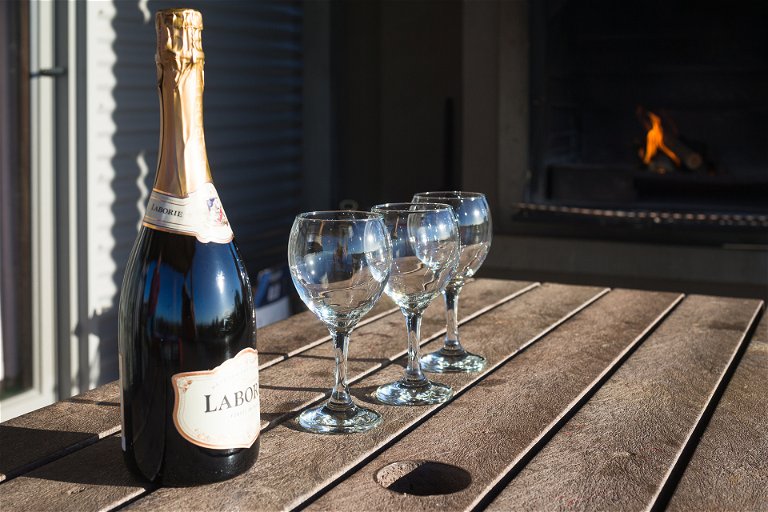
Tasmania is the star of the Australian sparkling wine scene. The island lies 42° south of the equator, so it is a much cooler proposition than Africa’s winelands (by comparison, Champagne hugs the north’s chilly 49th parallel), but again it’s the cold ocean that really ensures the signature bright acidity. Leading producers such as Arras and Jansz have cracked the international market, and their wines are now widely available.


